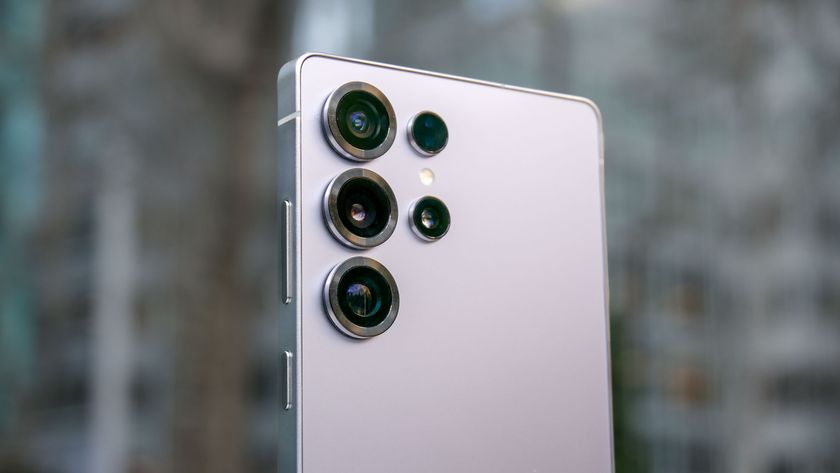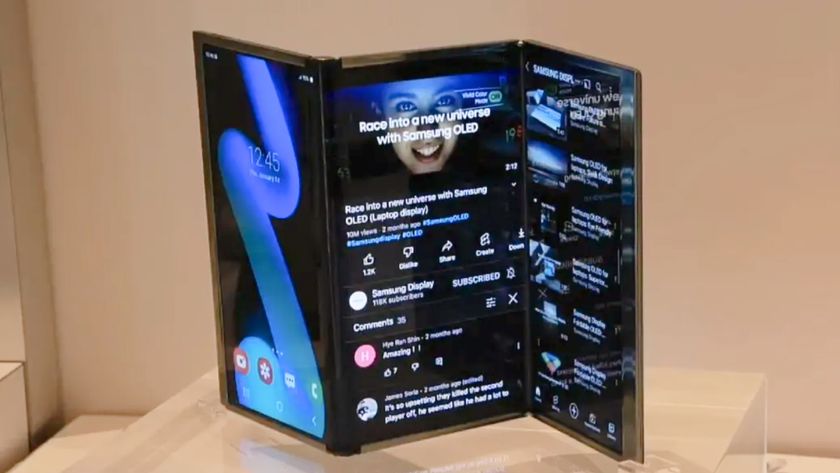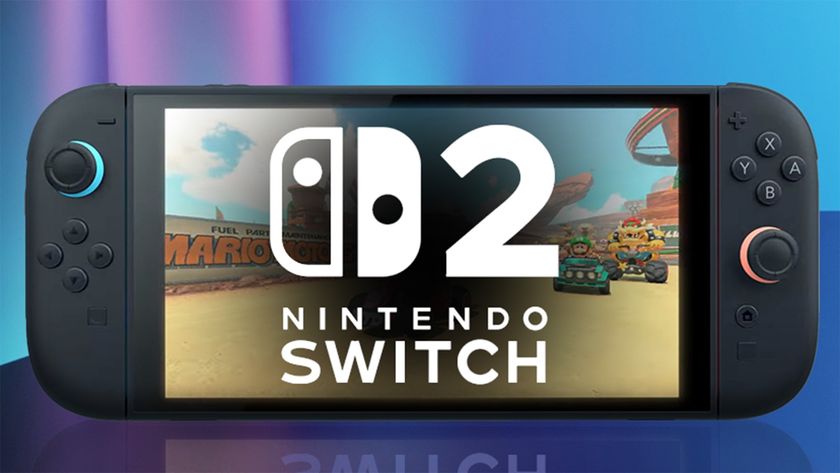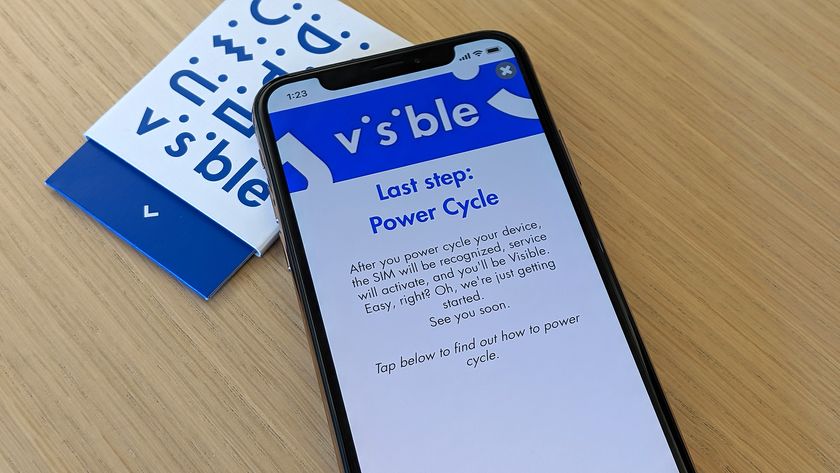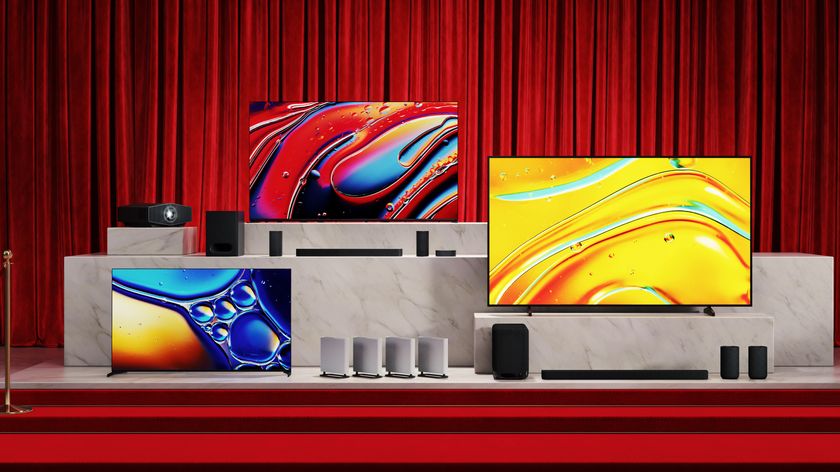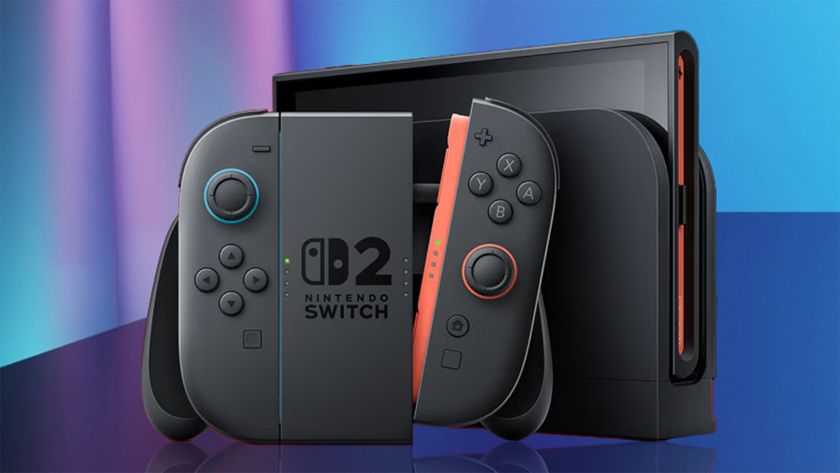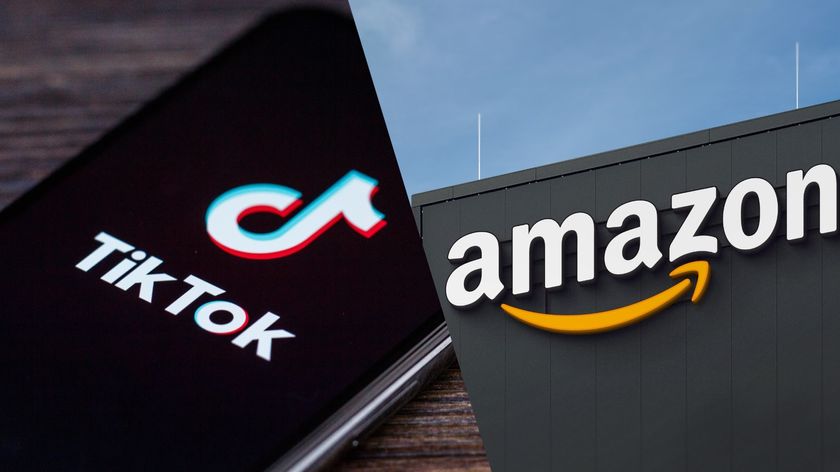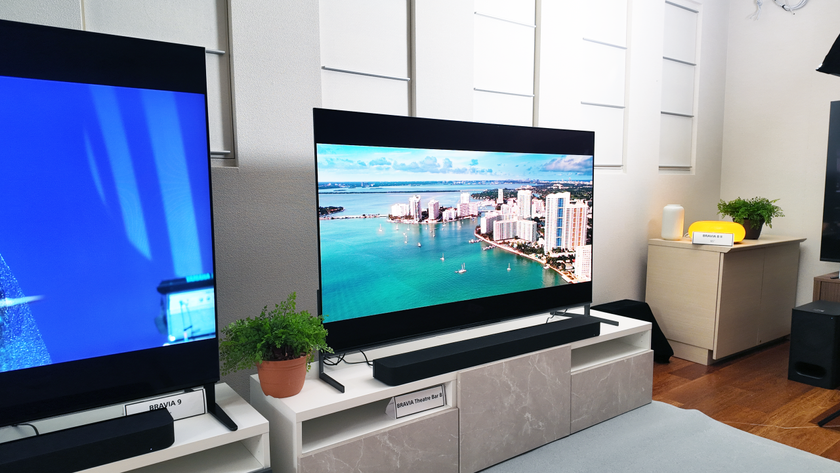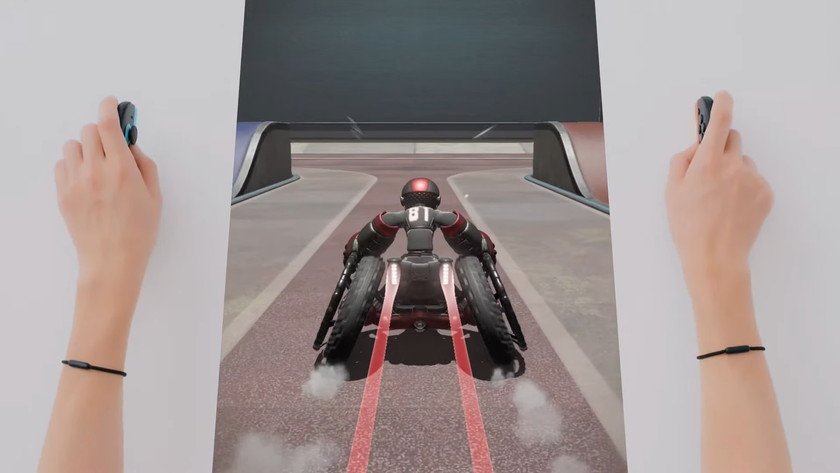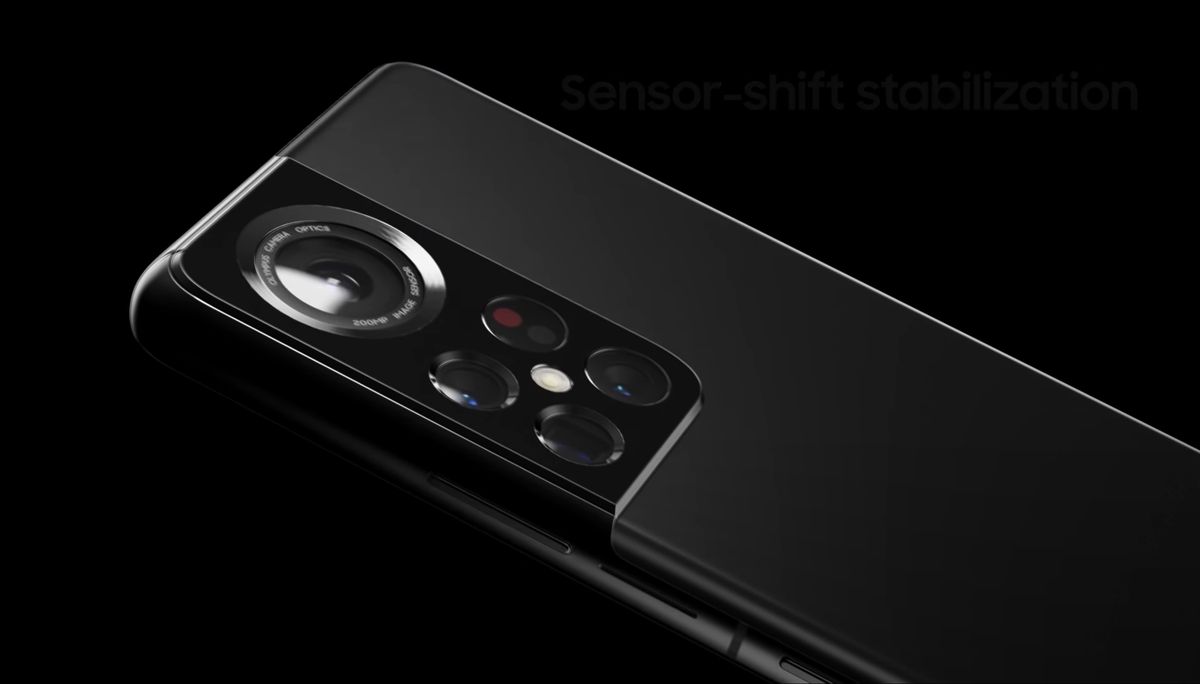
The Samsung Galaxy S22 is expected to launch in early 2022, and already we're seeing more information trickle out about its reportedly huge camera, powerful Exynos chip, design and faster charging.
According to noted leaker Ice Universe, as reported by 9to5Google, both the Samsung Galaxy S22 and Samsung Galaxy S22 Plus will use the Samsung ISOCELL GN5 camera sensor. It's a whopping 50MP sensor that's expected to perform well in low-light situations.
And according to Ice Universe, the S22 will pack the powerful Exynos 2200 chip with AMD graphics. Also, per a report by GSMArena, the S22 will not have an under-display camera, like the Samsung Galaxy Z Fold 3.
- These are the best Android phones available right now
- Everything to know about the iPhone 13
- Plus: How to install Android 12 beta on Samsung Galaxy S21
Samsung Galaxy S22 cameras
It would not be terribly surprising that to see the Galaxy S22 use the latest Samsung-made 50MP camera sensor. The GN05 was announced earlier this month, alongside the 200MP ISOCELL HP1.
The Samsung Galaxy S21 used the GN1 sensor from last year. The GN2 came out in February, with a handful of Xiaomi phones using the sensor. With the S22, it seems that Samsung thinks it's a big enough deal to skip the GN3 and GN4 naming convention.
Samsung is touting the GN5 as having ultra-fast autofocus thanks to its Dual Pixel Pro feature. It works by splitting pixels both horizontally and vertically so that the sensor can recognize pattern changes, regardless of direction. It also uses Front Deep Trench Isolation (FDTI) design for better light absorption and suppressed pixel crosstalk. What that means is better, cleaner images, even at night.
The GN5 will also use Samsung's deep learning 2PD remosaic algorithm, which the company claims is 33% more effective in creating better and more lifelike photographs.
Sign up to get the BEST of Tom's Guide direct to your inbox.
Get instant access to breaking news, the hottest reviews, great deals and helpful tips.
And lastly, the GN5 boasts Tetrapixel technology, which combines four neighboring pixels together to work like one large 2.0μm pixel. Larger pixels will mean brighter 12.5MP images with less noise, according to Samsung.
Samsung Galaxy S22: No under-display camera?
Apart from the strong camera tech Samsung is reportedly throwing at the S22, we're hearing that the S22 will not feature an under-display selfie camera. Right now, under-display camera tech is still early, and given the results we've seen with the Galaxy Z Fold 3, it's only really appropriate for lower resolution video calls.
We've seen similar lackluster results form other under-display camera phones, such as the ZTE Axon 30. In fact, right now we'd say that under-display cameras is the most underwhelming flagship feature of the year so far.
Samsung Galaxy S22 45W charging
Ice Universe says that the Galaxy S22 Ultra will offer 45W charging, which would be faster than the S21 Ultra's charging speed of 25W. It's not clear whether the Galaxy S22 and Galaxy S22 Plus would stick with 25W charging.
Samsung does have some catching up to do here, as the OnePlus 9 Pro sports 65W charging and the new Xiaomi 11T Pro boasts 120W charging that can fully juice a phone in just 23 minutes.
Samsung Galaxy S22: Exynos 2200 chip
According to Ice Universe, the S22 will also sport the Samsung Exynos 2200 chip. It's unsure if this is only for international markets, or if Exynos will also be coming to the U.S. in lieu of Qualcomm's Snapdragon line. The cool thing with the Exynos 2200 is that it's reportedly being made in partnership with AMD and its Radeon RDNA 2 GPU.
Geekbench 5 scores for the Exynos 2200 have already hit the internet, and according to our sister-site Tom's Hardware, single core performance hit a score of 1,073, whereas multi-core hit 3,389. When compared to Apple's A14 Bionic, which scored a 1,596 and 3,944 in single and multi-core performance respectively, the Exynos 2200 still lags. But remember, this could be early prototypes from Samsung and not indicative of the final product.
Either way, if Samsung does want to create a SoC that can take on Apple, especially its new powerful A15 Bionic found in the iPhone 13, the company will seriously need to push chip design to the next level. Alleged iPhone 13 benchmarks are supposedly pulling high framerates in demanding graphics simulations.
Imad is currently Senior Google and Internet Culture reporter for CNET, but until recently was News Editor at Tom's Guide. Hailing from Texas, Imad started his journalism career in 2013 and has amassed bylines with the New York Times, the Washington Post, ESPN, Wired and Men's Health Magazine, among others. Outside of work, you can find him sitting blankly in front of a Word document trying desperately to write the first pages of a new book.

